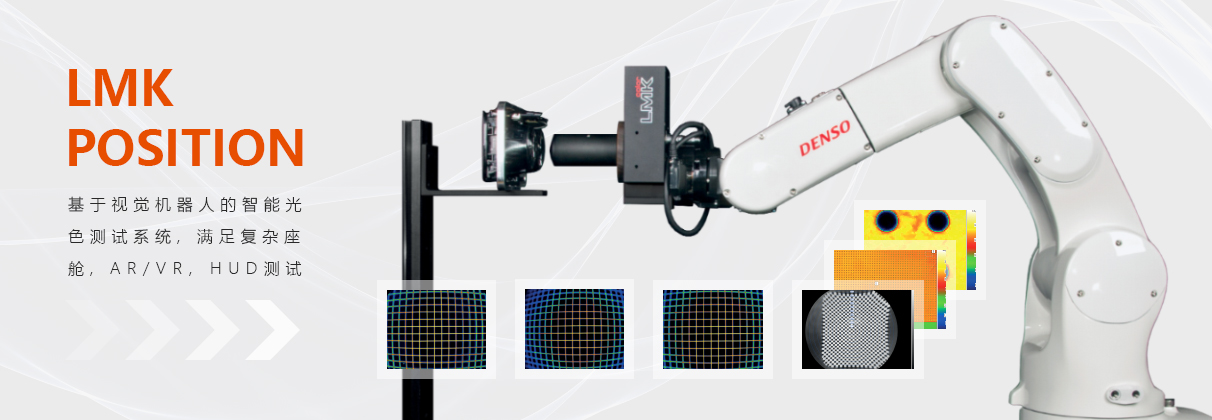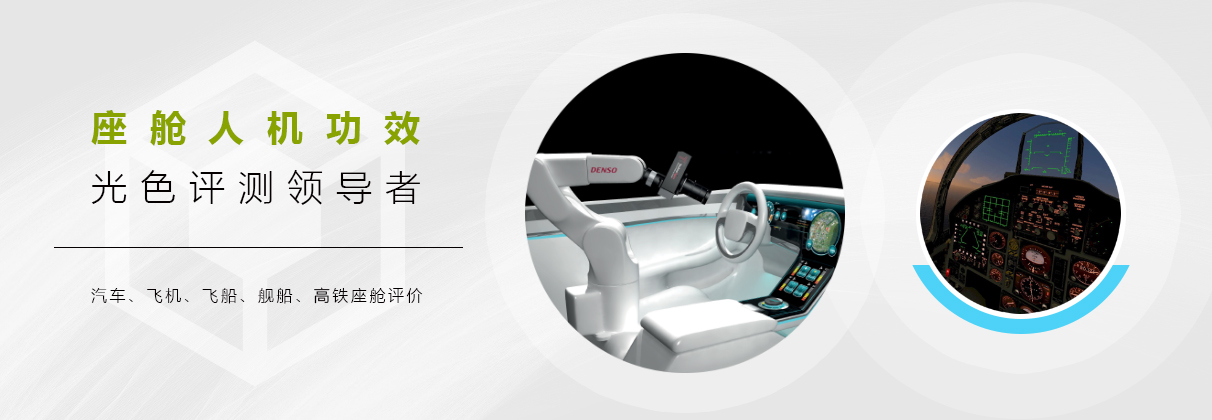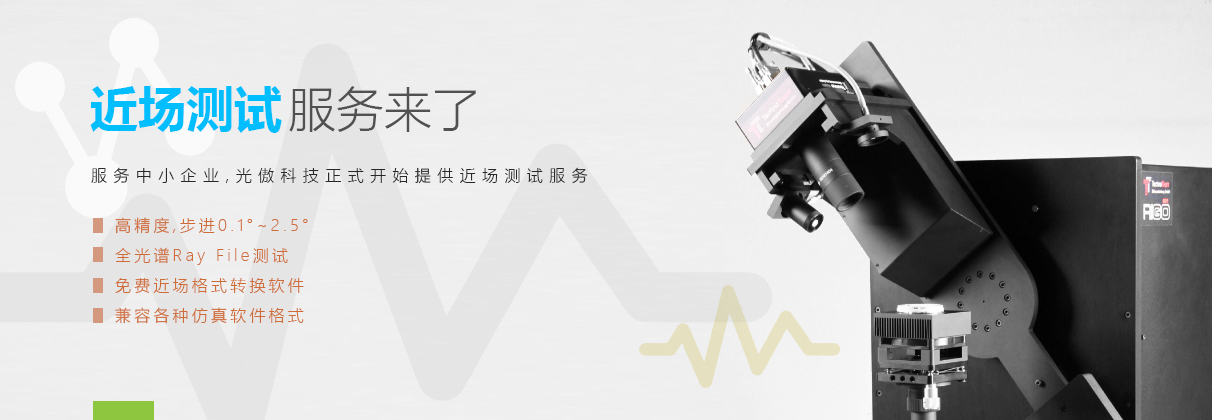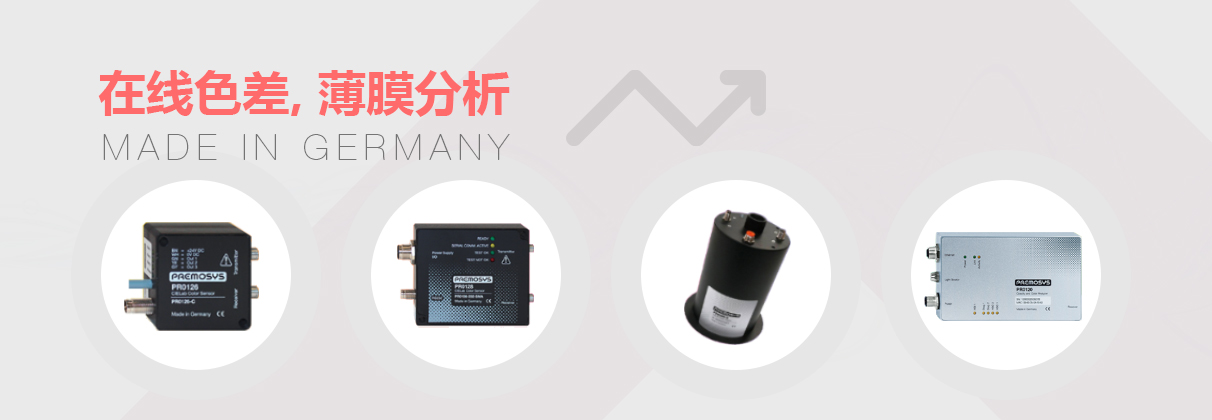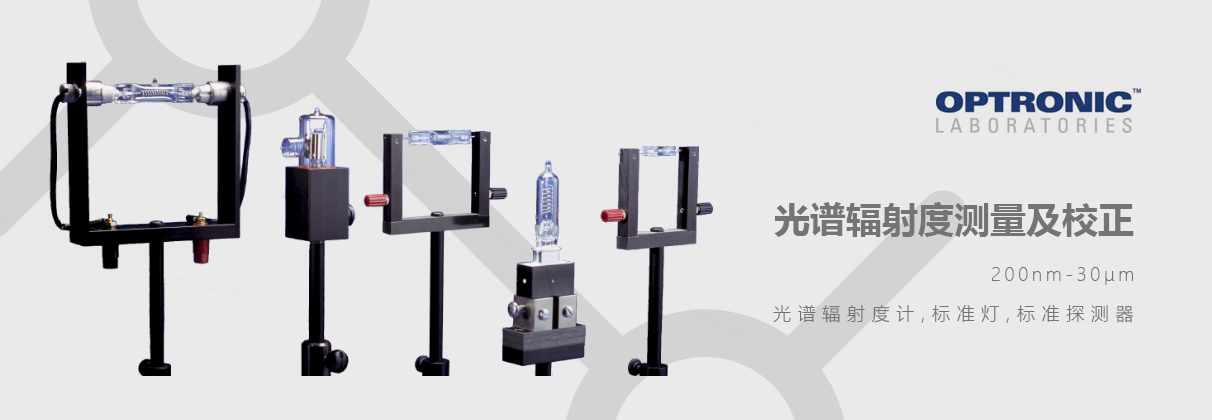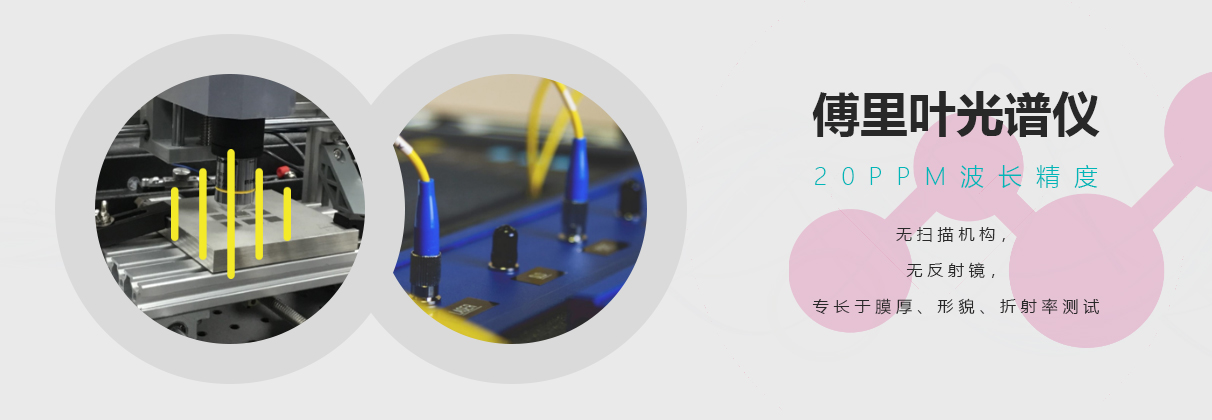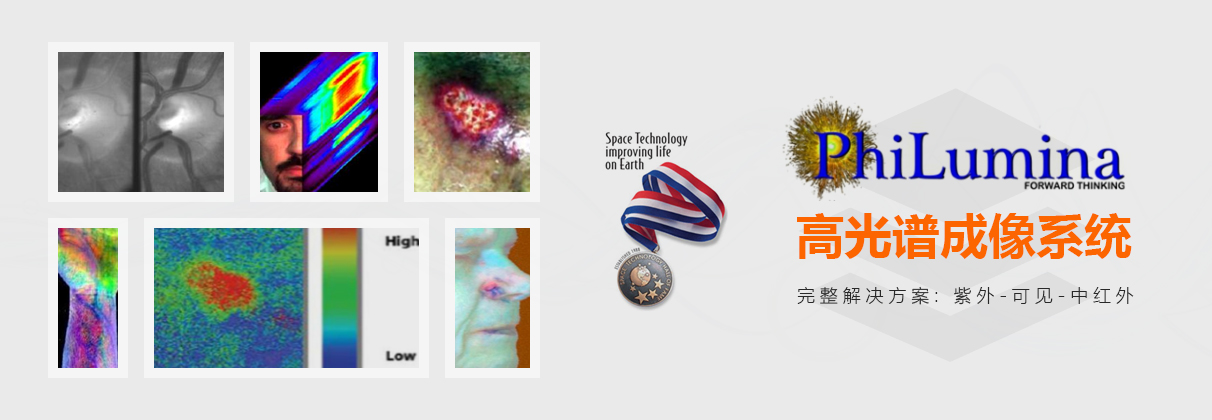Two slow-moving tropical low-pressure systems caused extreme rainfall and resultant severe flooding in southeastern India. Death reports due to the flooding reached 70. But as the two systems dumped their significant payloads, NASA and its global partners recorded the data with multiple satellites.
Using a Dozen Satellites
NASA used what’s called Integrated Multi-satellitE Retrievals for GPM (IMERG) to combine data from 12 satellites, including:
- DMSP (Defense Mapping Satellite Program) satellites from the U.S. Department of Defense.
- GCOM-W from the Japan Aerospace Exploration Agency (JAXA).
- Megha-Tropiques from the Centre National D’etudies Spatiales (CNES) and Indian Space Research Organization (ISRO).
- NOAA series from the National Oceanic and Atmospheric Administration (NOAA).
- Suomi-NPP from NOAA-NASA.
- MetOps from the European Organisation for the Exploitation of Meteorological Satellites (EUMETSAT).
All the radiometers on board each of the 12 satellites are inter-calibrated with information from the Global Precipitation Measurement (GPM) Core Observatory’s GPM Microwave Imager (GMI) and Dual-frequency Precipitation Radar (DPR). The GPM data is public and is accessible here.
Other Catastrophes
Earlier in 2015, IMERG data recorded an incident of extremely heavy bicoastal rainfall in Australia due to Cyclone Quang impacting the northwestern portion of Australia and another low-pressure system over the country’s southeastern regions. This event caused at least four deaths. In another instance, IMERG data captured historic rainfall levels in North and South Carolina, as well as the Bahamas, because of Hurricane Joaquin. The list goes on and on; you can see current IMERG readings here.
Perhaps soon, scientists will be able to do even more with data in terms of early warnings and other preventive measures. In the meantime, Gooch & Housego will continue to supply researchers and scientists with the very best photonic and radiometer technology. For more information, call Gooch & Housego today at 800-899-3171.


